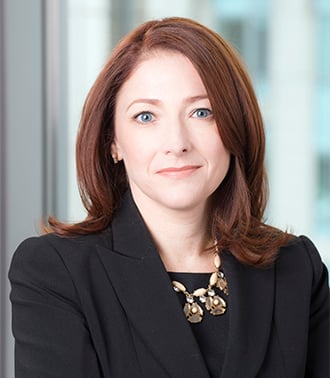FCC Examines State of Video Programming Diversity
The Federal Communications Commission (FCC) recently issued a Notice of Inquiry (NOI) seeking comment on the current state of independent and diverse programming.1 Comments on the NOI are due 30 days after the item’s publication in the Federal Register,2 with Reply Comments due 20 days after that. The NOI was issued at the same time as a Notice of Proposed Rulemaking (NPRM) to revise the set-top box rules.3
The FCC seeks comment on the current state of the marketplace for independent programming in order to “begin a conversation on the state of independent and diverse programming, and to assess how the Commission or others could foster greater consumer choice and enhance diversity in the evolving video marketplace by eliminating or reducing any barriers faced by independent programmers in reaching viewers.”4 The FCC “seek[s] to be better informed to make any potential recommendations to other agencies, Congress, or the private sector, if we find that solutions to barriers exist that are beyond the authority of this agency. We also are interested in addressing challenges faced by a specific type of independent programmer – namely, public, educational, and governmental (PEG) channels – with respect to MVPD carriage.”5
The FCC specifically invites comment on the following practices and issues that independent programmers have alleged serve as marketplace obstacles:
- Contractual provisions, including most favored nation (MFN) and alternative distribution method (ADM) clauses, often contained in carriage agreements.
- What is the scope and prevalence of such clauses in carriage contracts with Multichannel Video Programming Distributors (MVPDs) and over-the-top (OTT) distributors?
- What are the costs and benefits of such provisions? How do they affect competition, innovation, and diversity and impact the video marketplace?
- Are there other contractual provisions that impact the ability of independent programmers to distribute programming?
- Sustaining a viable business model.
- Is it possible to sustain a business model based upon carriage by a collection of small MVPDs rather than carriage by a larger MVPD?
- Is there a threshold level of MVPD carriage that is required to sustain a viable business model?
- Distribution via OTT platforms.
- What are the costs and benefits of forgoing MVPD carriage to pursue OTT carriage?
- Program bundling (practice of large media entities with multiple program offerings requiring MVPDs to carry bundles with less desirable content in order to access marquee programming).
- What is the prevalence and impact of this practice?
- What is the effect on independent programmers of the trend toward smaller programming packages and online a la carte or on-demand offerings?
- Negotiation tactics that may impede the ability of independent programmers to obtain carriage.
- Concerns regarding the availability of PEG programming, and information about such programming (for example, in program guides or on-screen menus), to subscribers.
Lastly, the FCC seeks comment on its role and legal authority as well as the role of other agencies, Congress, or private entities, if any, in addressing any obstacles faced by independent programmers.
In separate statements, Chairman Wheeler and Commissioners Clyburn and Rosenworcel emphasized the importance of examining the availability of independent and diverse programming. Commissioner Pai highlighted the way that, absent government regulation, OTT video “has been a game changer: It’s given diverse voices a new way to be heard, and it has given Americans novel content they might never previously have seen.”6 Similarly, in a concurring statement, Commissioner O’Rielly noted the proliferation of OTT and on-demand offerings and explosive growth in potential platforms for content, and urged the FCC to move forward treating this proceeding as a simple “conversation” seeking information rather than “the latest regulatory push.”7
-
Promoting the Availability of Diverse and Independent Sources of Video Programming, MB Dkt No. 16-41, Notice of Inquiry, FCC 16-19 (rel. Feb. 18, 2016) (Diverse Programming NOI).
-
The NOI has not yet been published in the Federal Register.
-
Expanding Consumers’ Video Navigation Choices, Commercial Availability of Navigation Devices, MB Dkt No. 16-42, CS Dkt No. 97-80, Notice of Proposed Rulemaking and Memorandum Opinion and Order, FCC 16-18 (rel. Feb. 18, 2016). Arnold & Porter Advisory, FCC Moves To Revise Set-Top Box Rules (Feb. 29, 2016).
-
-
-
Id., Statement of Commissioner Ajit Pai.
-
Id., Concurring Statement of Commissioner Michael O’Rielly.

